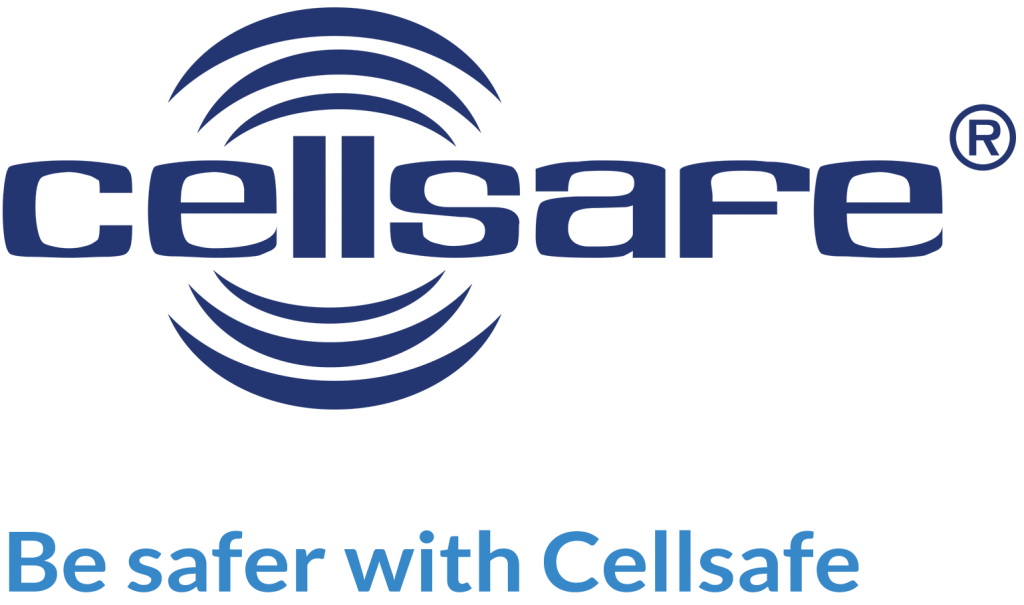Sign up for the Cellsafe newsletter and get $10 Off your first order.
$25 million study from the National Institutes of Health looked at brain tumors in animals
The National Toxicology Program (NTP), a division of the National Institutes of Health (NIH), has found a link between the type of radiation emitted by cell phones and cancer in rats. The project has been underway for more than a decade, and with a $25 million price tag, is the most expensive ever undertaken by the program.
The study involved more than 2,500 rodents, exposed to the same type of radiation found in cell phones, at the same frequencies, for nine hours everyday, for two years.
The findings—that male rodents experienced low incidences of two types of tumors—seem to support earlier findings from epidemiological studies, which found the same types of tumors in humans, and which led the International Agency for Research on Cancer to classify radiation as a possible human carcinogen, back in 2011. The tumors found were gliomas (in the brain), and schwannomas (of the heart).
The results of the NTP study have the potential to move a debate that has been locked in stalemate for almost as long as cell phones have been around.
On one side of that debate are industry leaders and others who say that the evidence has long since shown that cell phones pose no risks to human health. On the other are scientists and some health officials who have argued that more research is needed, but that the available evidence is enough to suggest a possible connection between cell phone use and brain cancer, and justify taking precautions when using the phones.
In a statement to Consumer Reports, a spokesman for the NIH said, “This study in mice and rats is under review by additional experts. It is important to note that previous human, observational data collected in earlier, large-scale population-based studies have found limited evidence of an increased risk for developing cancer from cell phone use.”
What’s at Issue?
In 2011, the International Agency for Research on Cancer classified the type of radiation emitted from cell phones as a possible human carcinogen; and in May of 2015, a group of 190 independent scientists from 39 countries called on the United Nations, World Health Organization, and others to develop stricter controls on cell phone radiation.
But that move did not dissuade other groups from insisting that cell phones are completely safe. In the summer of 2014, a behind-the-scenes debate led the Centers for Disease Control and Prevention (CDC) to delete cautionary advice from its cell phone fact sheet.
Likewise, the federal government says on its website that research generally doesn’t link cell phones to any health problems. And while the Federal Trade Comission requires manufacturers to include info in user manuals about cell phone handling, that’s often buried deep in the fine print.
Why Is This New Study So Important?
Three studies Consumer Reports wrote about in 2015—one from Sweden, another from France and a third that combined data from 13 countries—suggest a connection between heavy cell phone use and gliomas, brain tumors that are often fatal. One of those studies also hinted at a link between cell phones and acoustic neuromas (tumors of the inner ear that are often non-cancerous).
But those studies had a number of limitations that cell phone companies quickly seized on: cell phone use was self-reported, for one thing. For another, the phones themselves were of varying ages, with some as old as two decades. Also, those studies looked only at a 5- to 20-year span; cancer can take much longer than that to develop in humans.
By comparison, the current study, which found the same types of tumors in rats that the earlier epidemiological research found in humans, was a controlled clinical trial; it was specifically designed to simulate the exposures of cell phone users, and all of the important parameters were tightly controlled and carefully monitored. Rats and mice were exposed to the same kinds of radiation used in cell phones, for roughly nine hours each day, spread over the course of the day.
The exposures began in utero and continued through adulthood (which for the rodents in question was about two years). Because rodents develop cancer much faster than humans, two years would be enough time to tell us about longer-term cancer risks.
What Are Some Possible Impacts of the Study?
The results of this large, long-term study could dramatically shift the national debate over cell phone safety. The NTP’s website says that the results may be used by the Food and Drug Administration and the FTC in determining how best to protect consumers from the potential harms of radiation that comes from cell phones.
The CDC might also consider reinstating the cautions it pulled from its web site. (We’ve reached out to the agency for comment, and will update our story once we hear back from them).
Likewise, the cell phone industry may have to alter its stance. The wireless association trade groupCTIA has maintained that cell phones are completely safe, and has fought to block San Francisco from passing laws that would require electronics retailers to notify consumers about the proper handling of cell phones.




